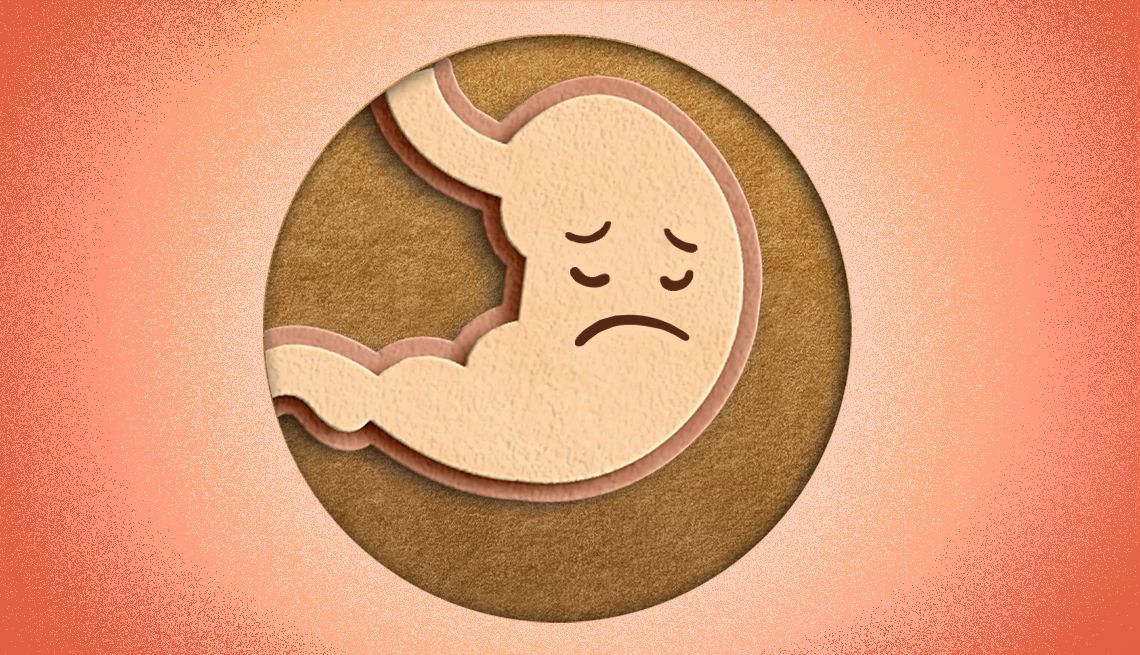AARP Hearing Center


You just learned that the food you ate was part of a recall. Now what? For most people, foodborne illness is unpleasant but short-lived. However, for some, especially older adults or those with chronic conditions, it can lead to serious complications.
Every year an estimated 48 million Americans get sick from food contaminated with bacteria, viruses, parasites or toxins, resulting in 128,000 hospitalizations and about 3,000 deaths. For older adults, these infections often hit harder. That’s because the immune system naturally weakens with age, making it tougher to fight off harmful bacteria.
Of those 48 million cases, about 9 million are specifically linked to known foodborne pathogens — such as salmonella, E. coli and listeria — which account for 56,000 hospitalizations and 1,300 deaths. If you’re 65 or older — or living with a chronic condition such as diabetes or heart disease — the risks are even higher. Nearly half of older adults who contract salmonella, campylobacter, listeria or E. coli require hospitalization, data from the Centers for Disease Control and Prevention (CDC) shows.
Even if you follow food safety guidelines at home, you’re not completely protected. Hundreds of food products are recalled each year due to contamination concerns. If you’ve eaten a recalled or contaminated product, knowing what to do before your symptoms escalate is critical. Here’s how to protect your health, monitor for warning signs and know when it’s time to call your doctor:
Step 1: Confirm the recall and act quickly
“Recalls are very specific, meaning all information must match for a product to be considered part of a recall,” says Meredith Carothers, a public affairs specialist at the U.S. Department of Agriculture (USDA). Double-check that your product matches the recall notice: brand, product name, use-by or freeze-by date and establishment number.
The establishment number — often abbreviated as EST — is a unique identifier assigned by the USDA to the facility where the product was processed. You can usually find it inside the USDA mark of inspection printed on the label or elsewhere on the packaging.
If all information about your product matches the recall notice:
- Don’t panic, but stop eating it immediately.
- Return the recalled item for a refund or dispose of it exactly as the recall instructions say — making sure no person or pet can access it.
- Save the packaging, or take photos, in case you develop symptoms or need to report an illness.




































































More From AARP
Product Recalls and Consumer Safety
The latest alerts impacting your health and homeDining Out? Tips to Stay Safe
Expert advice to minimize risk of foodborne illness
28 Tips for Avoiding Food-Borne Illness
Protect yourself with AARP's guide to food safety